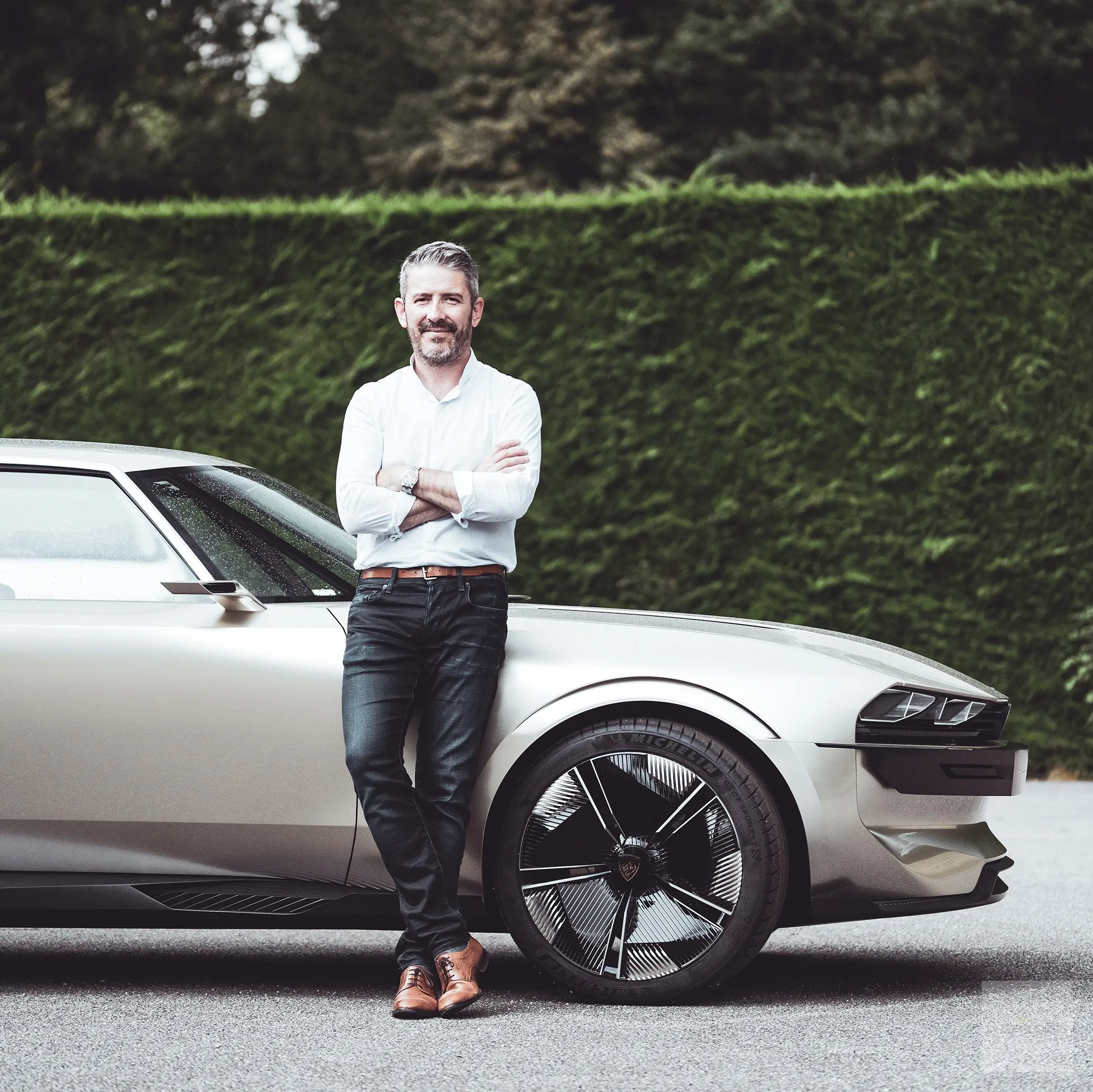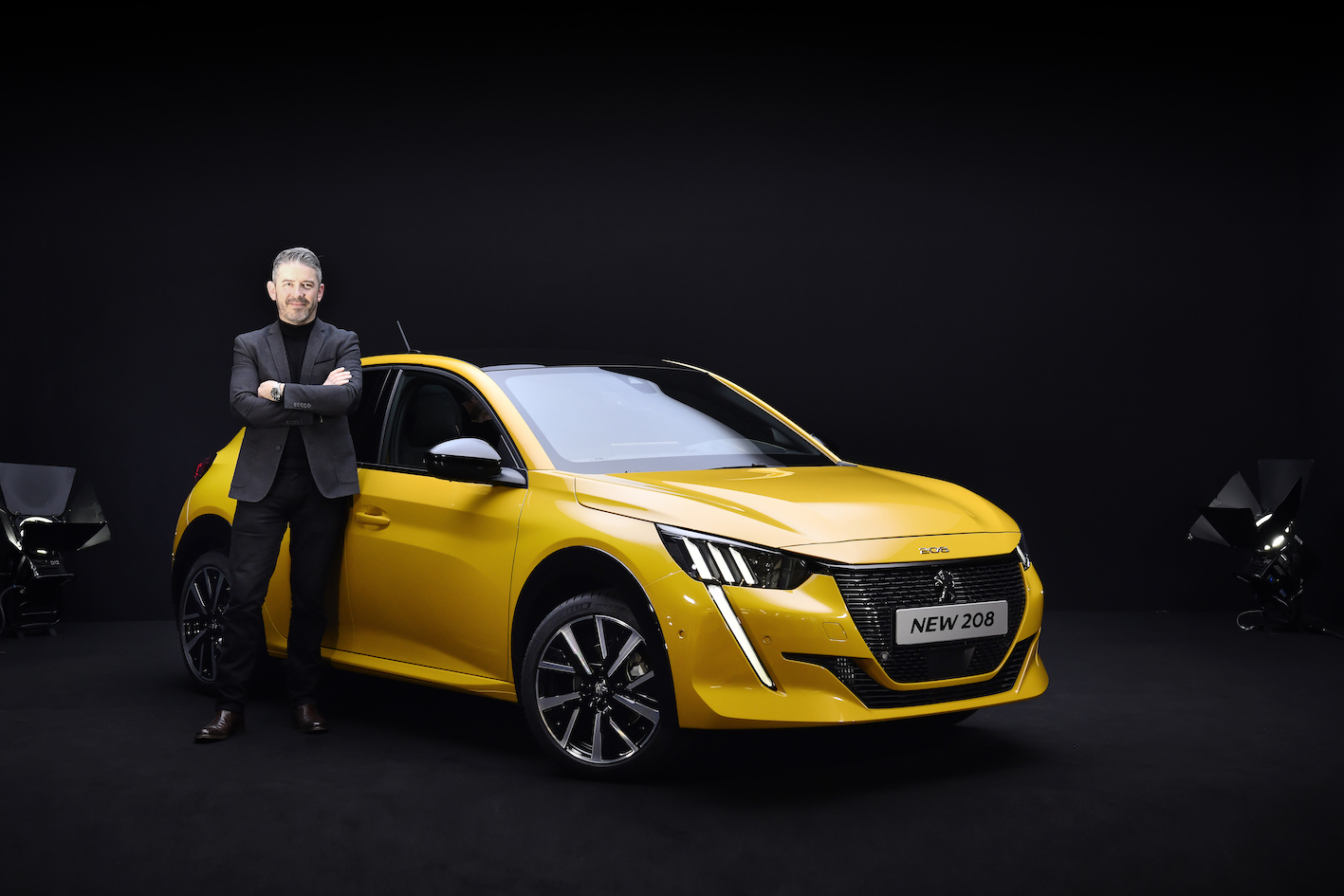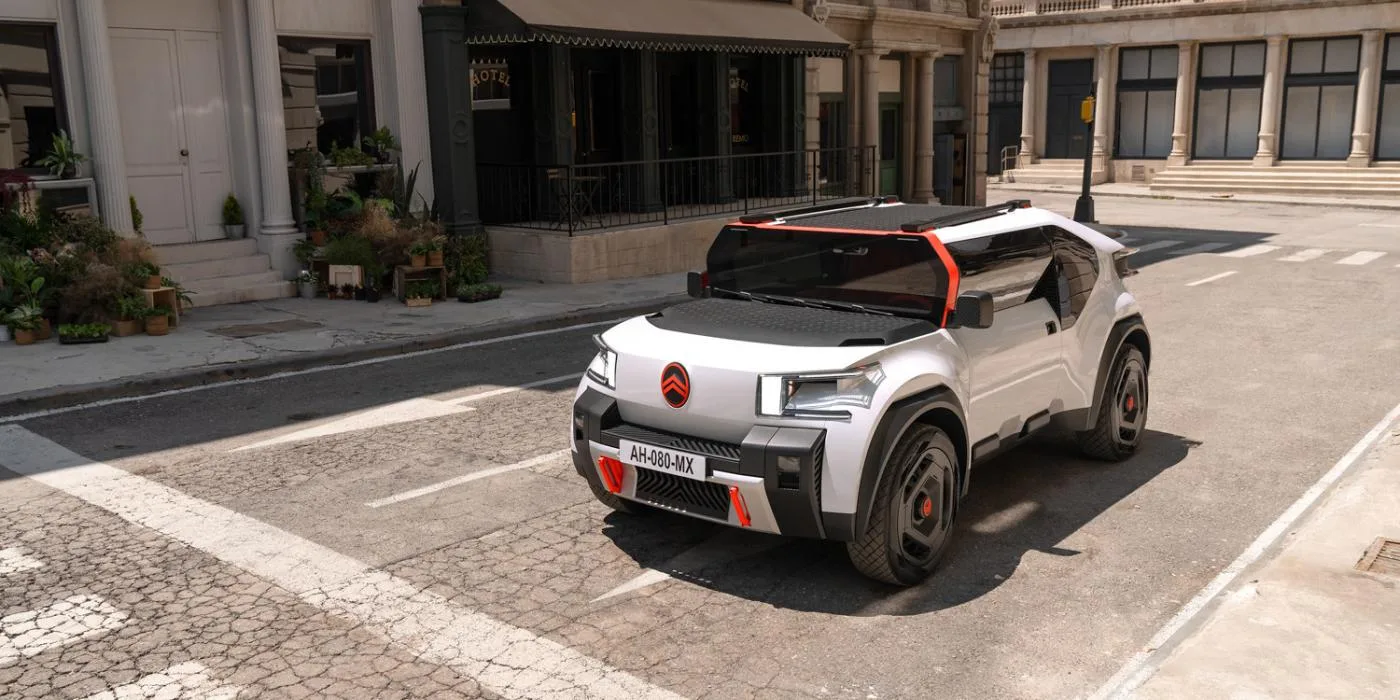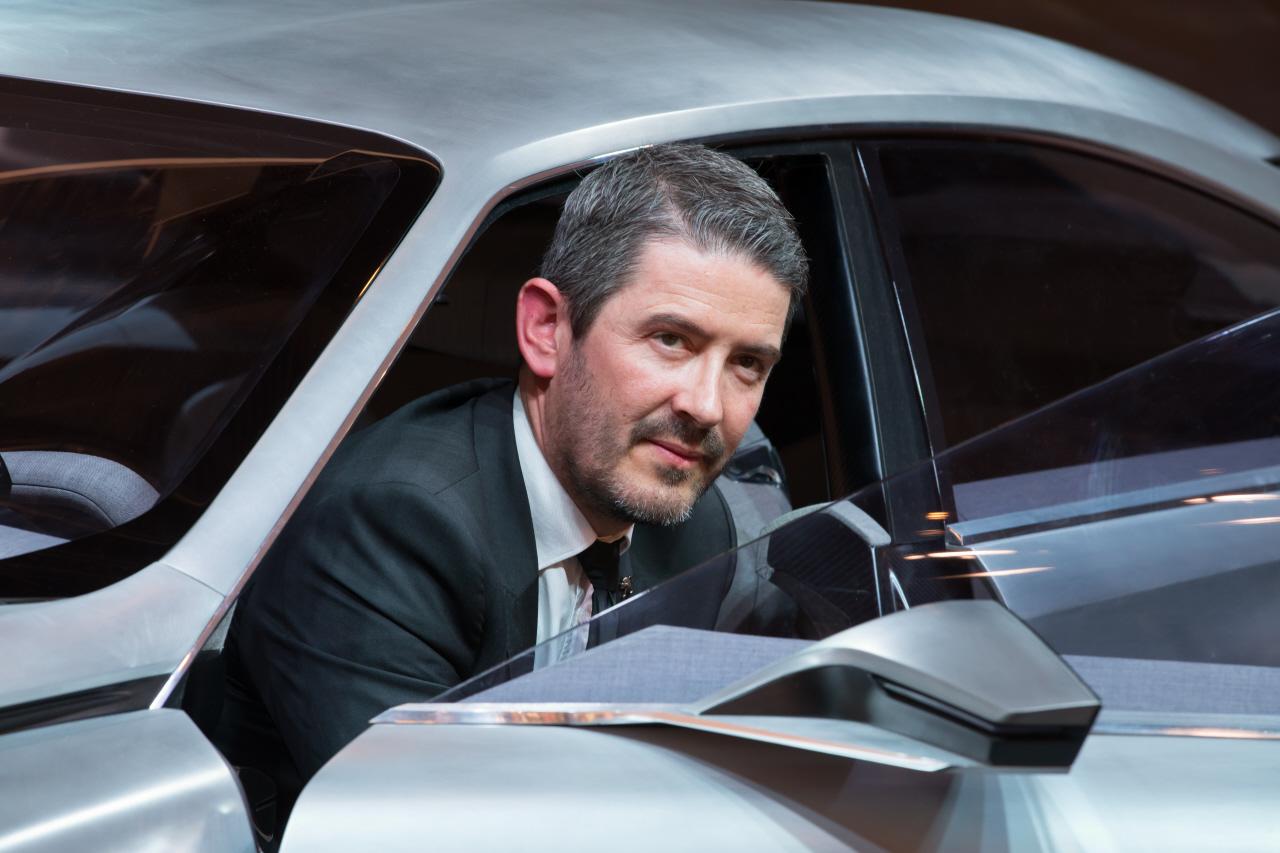
For those who’ve followed the arc of European automotive design, Vidal’s name needs little introduction. He started his career at Citroën in the late '90s, before helping to shape an entirely new design identity for Peugeot during his 20-year stint there. His work on models like the Peugeot 208, 308, and 3008 didn’t just win awards - though there were many, including five Car Designer of the Year accolades - they redefined what French design looked like on the road. Clean yet emotional, sharp but never sterile, his vehicles brought with them a sense of confidence that radiated beyond France’s borders.

Then came the Renault chapter. When Luca de Meo took the reins as CEO, one of his first moves was to lure Vidal over from the competition. And it paid off. At Renault, Vidal was instrumental in shaping a new generation of emotionally intelligent EV design products that nodded to heritage while embracing the future. The Renault 5 Prototype became an instant fan favorite: playful, compact, and unmistakably electric. The Scenic Vision concept combined sustainability and safety with bold surfaces and aerodynamic clarity. And the recently unveiled Rafale, a sleek, coupe-inspired SUV, showed that Vidal wasn’t afraid to push the envelope, even in segments known for conservatism.
In an interview about his design philosophy, Gilles once said:
"What drives me is the desire to create objects that are not only functional and rational, but also sensorial and desirable."
It’s this fusion of the emotional and the technical that has defined his career, and likely explains why Stellantis is betting big on him once more.
Now, back at Stellantis - and succeeding Jean-Pierre Ploué - Vidal is expected to merge technological ambition with brand heritage, unifying disparate lines from city cars to vans into a coherent European design tapestry. Each marque under Stellantis brings its own DNA: Lancia with its sculpted elegance, Opel with its geometric precision, Citroën with playful innovation, Fiat with its approachable roundness, and of course, Peugeot’s feline sharpness. Vidal isn’t just designing cars; he’s crafting a common design language that still speaks a dozen dialects.
This move isn’t just about internal restructuring, it’s a strategic creative play at a time when design is more influential than ever. In the EV age, platform-sharing is the norm, and tech specs rarely differ wildly between brands. That’s why design has become the ultimate differentiator. People don’t buy specs, they buy feelings. And Gilles Vidal has always known how to deliver them. His cars look electric before you even realize they are. They’re not flashy for the sake of it: they have purpose, rhythm, and a certain kind of presence that lingers in your mind.

Ralph Gilles, Stellantis Chief Design Officer, called Vidal’s appointment “the beginning of a new chapter” - one built on the strong foundation laid by Ploué, but pointing toward a far more emotionally resonant and brand-led future. And timing is everything: Stellantis is accelerating its electrification strategy, planning dozens of new EV models in the next few years. This gives Vidal not only the opportunity to shape how these vehicles look, but to influence how users feel the moment they encounter them.
Design is no longer about surface treatment. It’s brand experience. It’s cultural signal. It’s the one part of a car that can speak directly to your gut before your brain kicks in.
In short, the return of Gilles Vidal couldn’t come at a better moment. With the creative freedom that electrification brings and the complexity of so many storied brands under one roof, Vidal steps into what may be his most exciting challenge yet.
From the sculpted clarity of the Peugeot 508 to the joyful nostalgia of the Renault 5, from radical concepts to road-ready icons, Gilles Vidal has proven again and again that he can shape what mobility feels like. Now he has an even bigger canvas. And we’re watching closely to see what he’ll draw next.

Copyright Images: largus.fr, lenouvelautomobiliste.fr, lignesauto.fr, electrive.net


